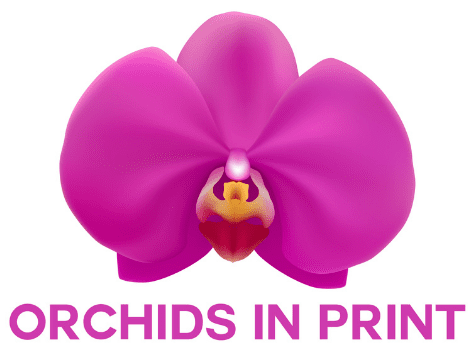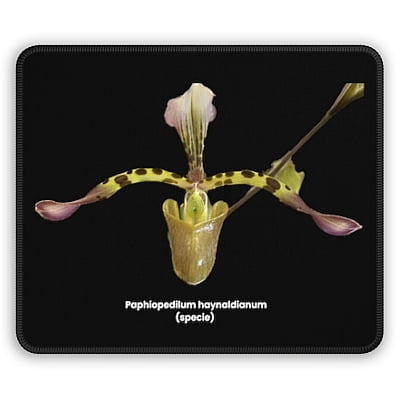Growing Paphiopedilum Orchids

The Enigmatic Paphiopedilum Orchids: Unraveling Their Growth and Cultivation
Orchids have long captivated enthusiasts with their unparalleled beauty and diversity. Among these botanical marvels, Paphiopedilum orchids, also known as slipper orchids, stand out for their distinct appearance and intriguing characteristics. Beloved for their striking blooms and resilience, these enchanting flowers have amassed a dedicated following among both novice and seasoned orchid aficionados.
Distinctive Characteristics
Paphiopedilums are recognized for their unique pouch-shaped blooms, often resembling a slipper or moccasin, hence the moniker "slipper orchids." Their alluring flowers come in an array of colors, from deep purples to soft pinks and vibrant yellows, often adorned with intricate patterns and markings. These exotic blooms can last for several weeks, delighting enthusiasts with their longevity.
Natural Habitat
Originating from Southeast Asia, Paphiopedilum orchids typically thrive in shaded, humid environments, nestled within the leaf litter or on rocky surfaces in forests. They have adapted to grow in diverse conditions, from cool mountainous regions to warm lowlands, showcasing their versatility and adaptability.
Cultivation of Paphiopedilum Orchids
Light and Temperature
Proper lighting is crucial for Paphiopedilums. They thrive in moderate, indirect light, preferring filtered sunlight rather than direct exposure. Avoiding harsh sun rays is essential to prevent leaf damage. Maintaining a temperature range between 60°F to 80°F (15°C to 27°C) supports their growth, although specific species might have varying temperature requirements.
Humidity and Watering
These orchids favor high humidity levels, mirroring their native habitats. Maintaining humidity between 50% to 70% is optimal; using a humidifier or placing a tray filled with water and pebbles beneath the plants can help elevate moisture levels. When it comes to watering, allowing the potting medium to slightly dry between waterings is advisable. Overwatering can lead to root rot, while insufficient moisture can hinder growth and flowering.
Potting Medium and Repotting
A well-draining potting mix is essential for Paphiopedilum orchids. A combination of materials like bark, sphagnum moss, perlite, and charcoal promotes adequate aeration and drainage. Repotting should be done when the potting medium starts to decompose or when the plant outgrows its container, typically every 2-3 years. Be cautious not to damage the delicate roots during repotting.
Challenges and Tips for Success
Pests and Diseases
Paphiopedilums are generally hardy but can fall prey to pests like aphids, mealybugs, or spider mites. Regularly inspecting plants and treating infestations promptly with insecticidal soap or horticultural oil can prevent widespread damage. Additionally, maintaining proper air circulation and avoiding waterlogged conditions can mitigate the risk of fungal diseases.
Species Variations and Care
It's crucial to note that different species within the Paphiopedilum genus may have distinct care requirements. Some species might prefer cooler temperatures or specific potting mediums. Therefore, understanding the unique needs of the particular orchid species is essential for successful cultivation.
Cultivating Paphiopedilum orchids is a rewarding journey that combines art and science. Their exotic allure and resilience make them a prized addition to any orchid collection. By mimicking their natural habitat and understanding their specific care requirements, enthusiasts can witness these captivating slipper orchids thrive and bloom, unveiling their mysterious beauty in all its glory.
Have a great week growing
Peter
Orchids In Print



















 |
| 
